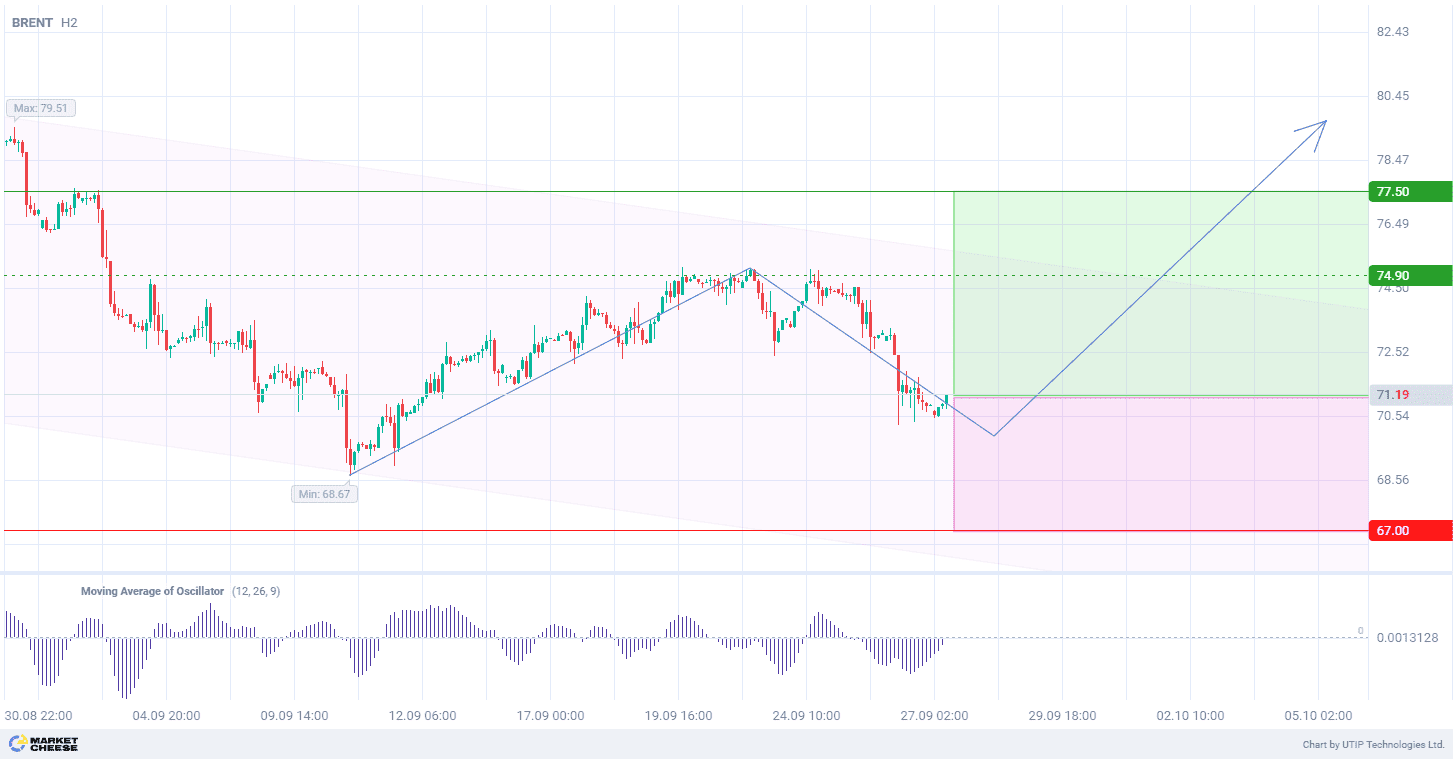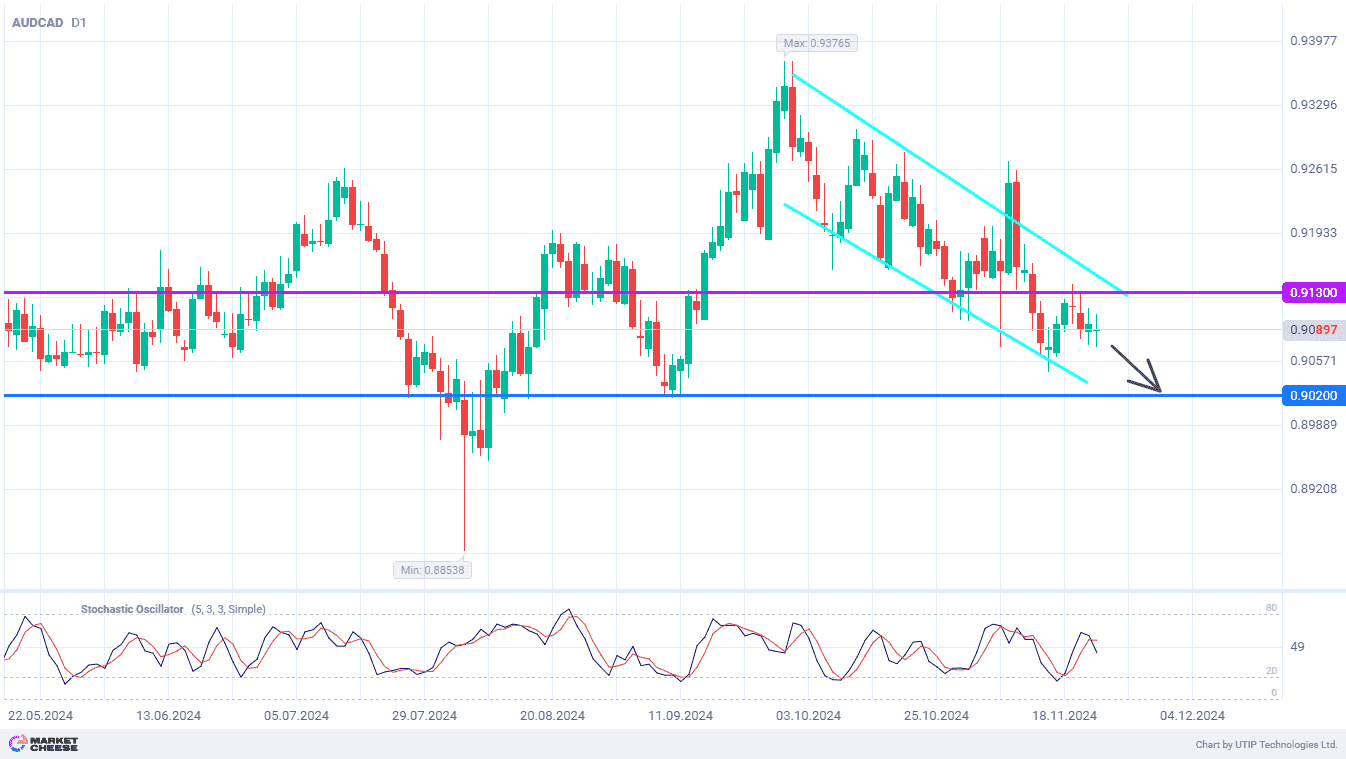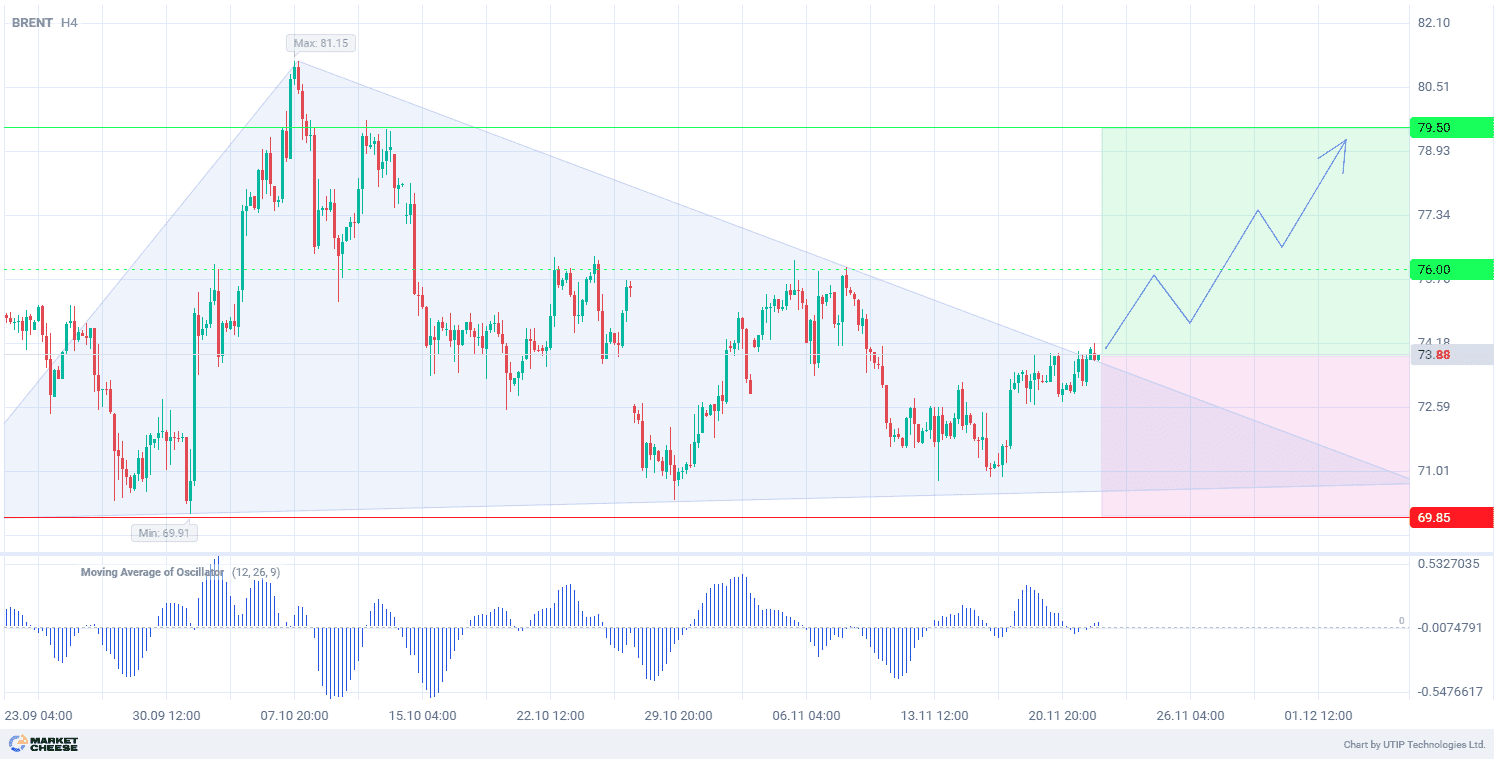On Friday, the price of Brent Crude continued its weekly decline amid expectations of an increase in supplies from OPEC countries, including Saudi Arabia and Libya. The price of the benchmark brand has lost over 4% during the week.
The Saudis are planning to boost oil production. Meanwhile in Libya, rival factions have reached an agreement to appoint a new central bank governor. This may bring back to the market up to 500 thousand barrels of oil per day. Those factors intensified the downward pressure on prices.
Moreover, OPEC+ plans to ease output restrictions and weak economic prospects of China, the largest importer of black gold, keep having a negative impact on contracts. Although China has announced a number of incentives to support the economy, their effect is still vague.
This week, oil prices have fallen sharply despite the growing tensions in the Middle East. The situation has a limited effect on energy prices.
However, traders may resume buying oil and gas on the back of Hurricane Helen, which ravaged the west coast of Florida. About a quarter of crude production in the Gulf of Mexico was halted. This could be a driver for a change of trend.
Technical analysis of the Brent oil price shows the preservation of the downtrend on the D1 timeframe. However, the level of support at 70.00 has repeatedly turned prices in a “bullish” direction. Wave analysis indicates the formation of the second downward wave on the timeframe H2. The Moving Average of Oscillator indicator (with parameters 12, 26, 9) is approaching the zero value, signaling the potential for price growth when moving into the positive zone. This may create conditions for a beginning of the third ascending wave formation.
Short-term prospects for the price of Brent crude oil suggest buying, with a target at 77.50. Partial profit taking is recommended around 74.90. The Stop-loss is set at 67.00.
Since the bullish trend is short-term, the trading volume should not exceed 2% of the total balance to reduce risks.










